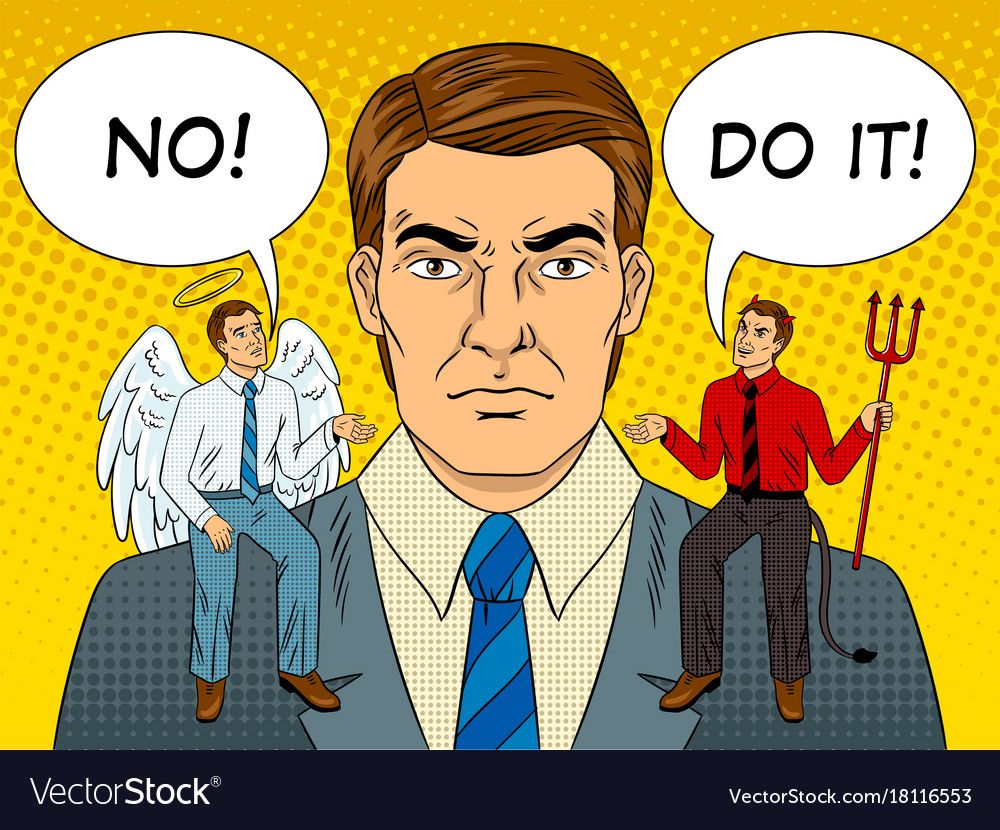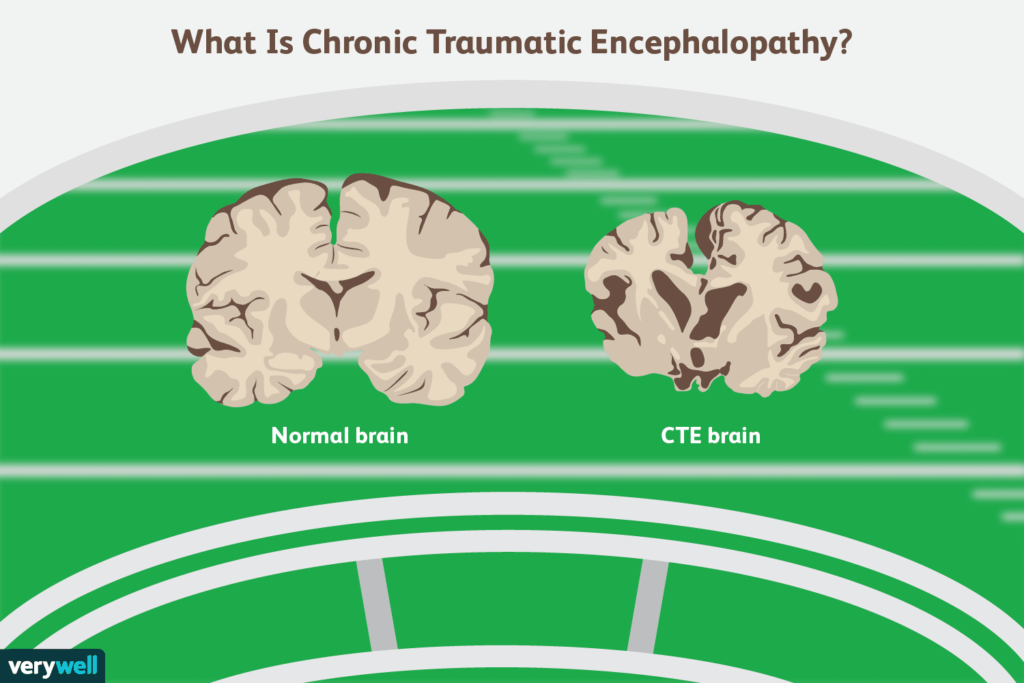
1. Moran, Barbara. “BU Researchers Find CTE in 99% of Former NFL Players Studied.” Boston University, 26 July 2017, https://www.bu.edu/articles/2017/cte-former-nfl-players/.
I would like to use this article to bring to attention the physical toll players’ brains go through throughout their careers and the true harm done to their mental processes. This article goes into detail over this sad truth as this brain trauma is said to be “more common among football players than previously thought.” They go onto say they conducted a research study with several NFL players and were shocked at the results they found. In this study, “Of the 202 brains studied, the group diagnosed 177 with CTE.” These numbers are absolutely shocking as the vast majority of these players are dealing with such horrible brain problems that not only effect them, but also their families. These horribles symptoms as Dr. Mez notes can include “depression, anxiety, disinhibition, memory loss, and other mood and behavior impairments even in patients with fairly mild CTE pathology”. This is horrible and I plan to highlight the players overall struggle with brain trauma and it can lead to off the field issues.

2. Larson, Ryan. “Crime and Scandal in the NFL – There’s Research on That.” Theres Research on That Crime and Scandal in the NFL Comments, 2014, https://thesocietypages.org/trot/2014/09/11/crime-and-scandal-in-the-nfl/.
This article encompasses recent criminal action by several extremely notable NFL players and their struggles off the field. It starts off by talking about Ray Rice and the elevator footage of his domestic abuse, Michael Vick and his case with dog abuse, and Aaron Hernandez and his murder case. All these players individually were hit uncountable times in the head over the course of their careers and that definitely speaks volumes to what we know about how CTE can effect these players. The NFL also is not helpful to punishing these players justly as ” Rice was originally suspended for two games, but the public felt this punishment didn’t fit the crime, especially since other players had been suspended entire seasons for smoking marijuana”. The NFL has been trying to crack down on these players lately and definitely has worked harder but many of these players seem to be living a double life off the field and finding themselves making critical mistakes. These double lives truly effect these players as they are unable to continue their hard worked careers, but they throw it all away for some bad decision.
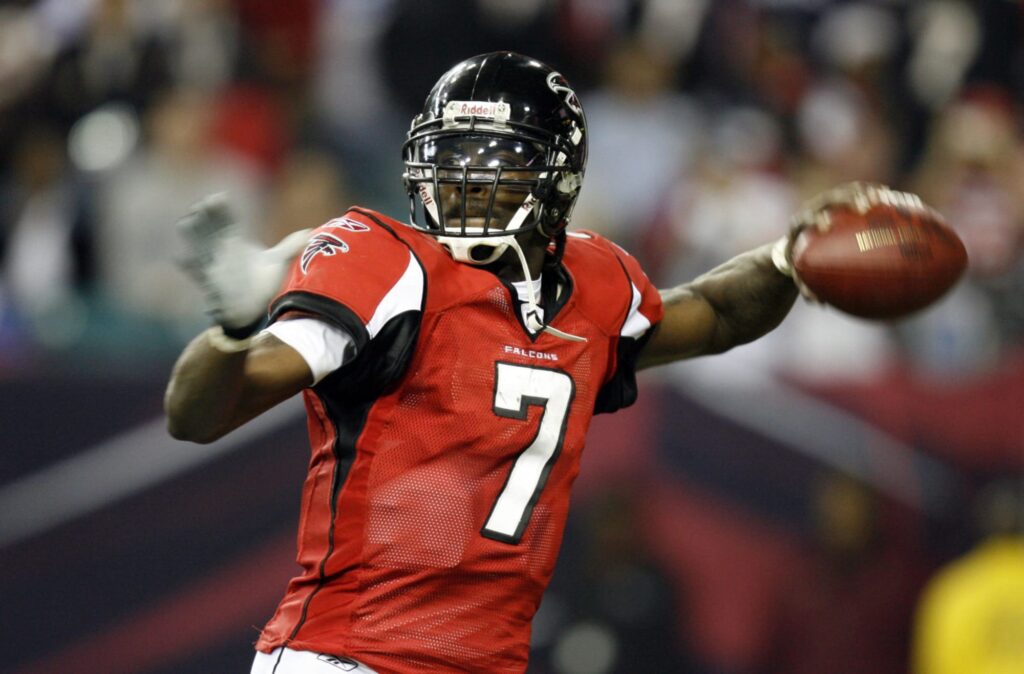
3. Piquero, A.R., Piquero, N.L., Gertz, M., Baker, T., Batton, J. and Barnes, J.C. (2011), Race, Punishment, and the Michael Vick Experience. Social Science Quarterly, 92: 535-551. https://doi.org/10.1111/j.1540-6237.2011.00781.x
This article is about the unfortunate case of Michael Vick and how he had a quick rise to stardom but later gave it all away for a horrible crime. It also goes into detail the bad legal system and dealings when it works with these players and their crimes off the field. It says the people see the “simultaneously perceive the justice system as acting in a biased and/or unfair manner”. These courts definitely give these players the benefit of the doubt most of the time and let them off easy. This infuriates the masses and leads to bad perception of how these players are handled. On the other hand, public perception has been shifted into two different schools of thought, “Findings show that whites are more likely to view Vick’s punishment as too soft and that he should not be reinstated, while nonwhites had the opposite views.” The problem with this is the continued divided masses even in things like the amount of punishment a player shall receive. This double life the players live really does cause a lot of harm not only to themselves but to their fans, family, and many more.
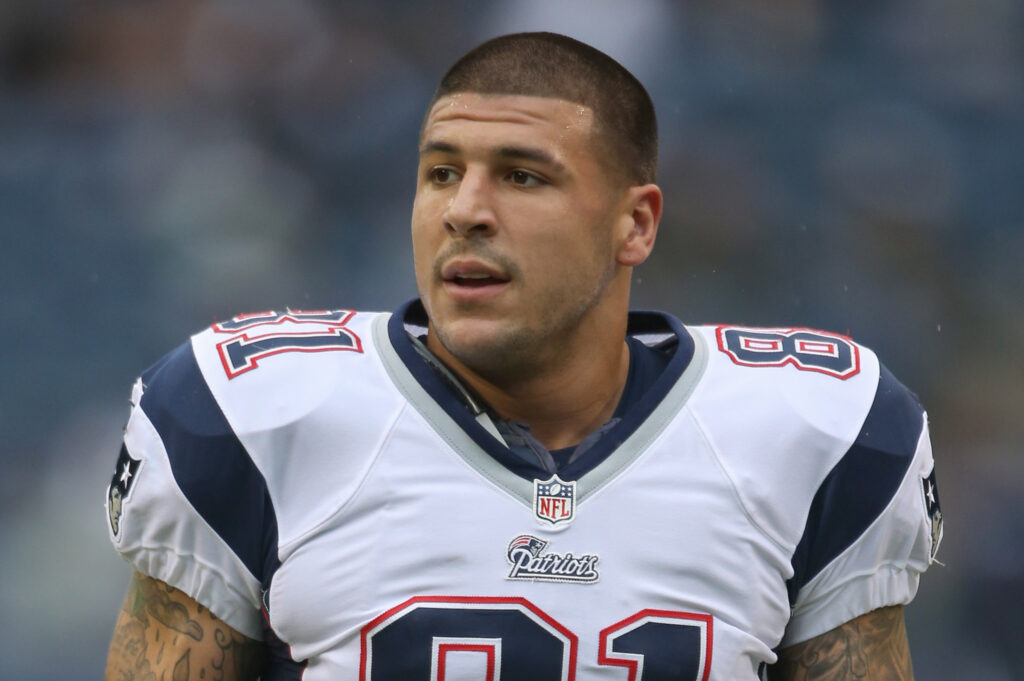
4. Ramesh, Sunidhi. “A Case Study on Damaged Brains & Legal Culpability.” Neuro-Ethics Society, https://www.neuroethicssociety.org/assets/meeting/2020/presentations/ramesh-sunidhi-ins2020-04.pdf.
This study done by MD Candidate, Sunhidi Ramesh, goes into the detail and tragedy that caused this player to lose his career due to his own brain being so damaged. Aaron Hernandez was “rising to fame over the years to eventually join the New England Patriots and become “the NFL’s best tight end.”” The thing that we didn’t know with him was the double life he was living off the field and how that was greatly effected by his brain trauma and how messed up his thought processing was. After his passing, they checked his brain and found it to be “the most severe case of CTE ever recorded in a person his age.” This is extremely sad and I plan to use the study of Hernandez to greatly add detail to the side of the players whose recklessness off the field is really not even their fault.
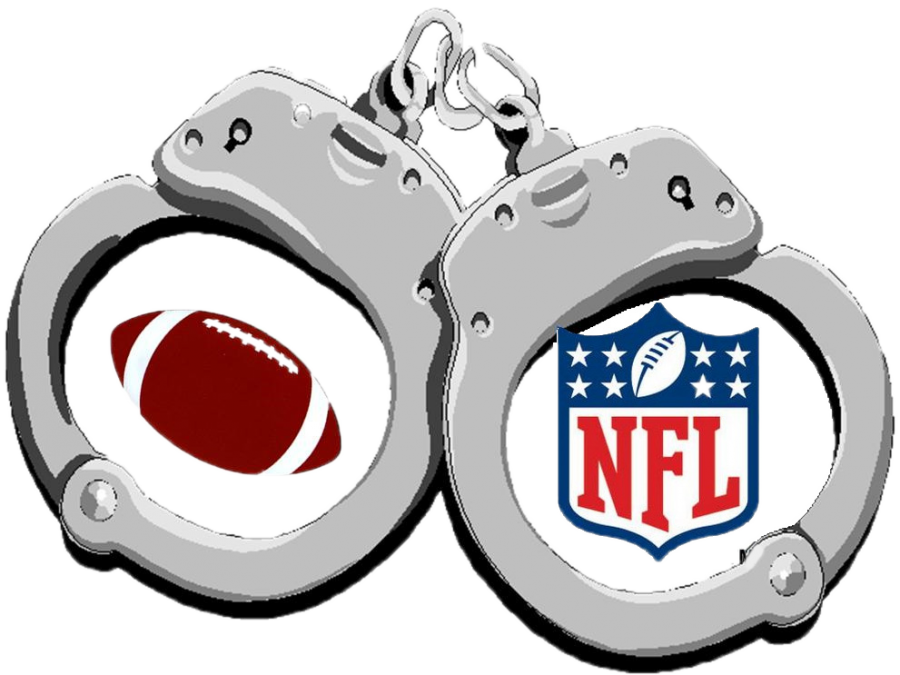
5. Donahue, Pat. “Crime in the NFL.” Crime in the NFL | CNSMaryland.org, 2014, https://cnsmaryland.org/interactives/Crime-In-NFL/.
I plan to use this article to show how the crime in the NFL is very relevant. Players tend to lead double lives and create issues and problems that harm others and this story is all too overdone at this point. A need for reform of the punishment these players receive is needed.

6. Wanda Leal, Alex R. Piquero, Nicole Leeper Piquero, Marc Gertz. (2019) Crime in College Predicts Violent Crime in the National Football League. Deviant Behavior 40:11, pages 1322-1332.
This article discusses how college crime can lead to future worse crimes in the NFL. Many times players crimes are overlooked due to their immense talent and they are seen as innocent purely because of how they play on the field. I may be able to use this to amplify the idea of a double life.
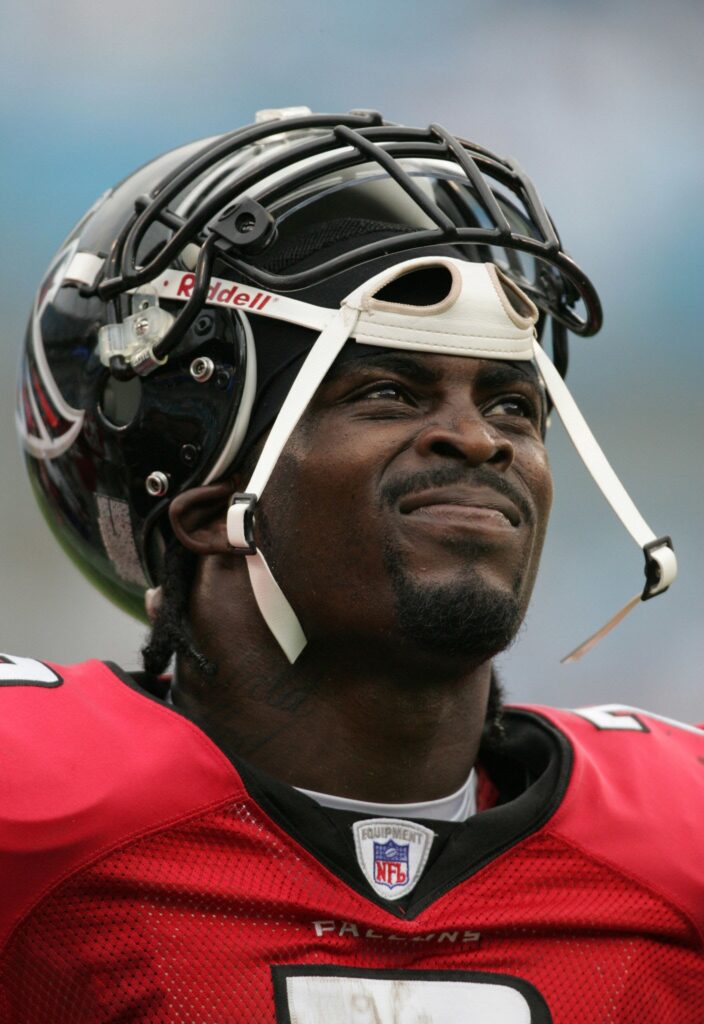
7. Laucella, Pamela C. “Michael Vick: An Analysis of Press Coverage on Federal Dogfighting Charges.” Journal of Sports Media, vol. 5 no. 2, 2010, p. 35-76. Project MUSE, doi:10.1353/jsm.2010.0005.
I plan to use this article to further explain Vick’s story. This article goes into detail on the implication of his charges and how they mattered on a grand scale. I can use this to help analyze and help inform those what a one time offense can lead to on a bigger operation.
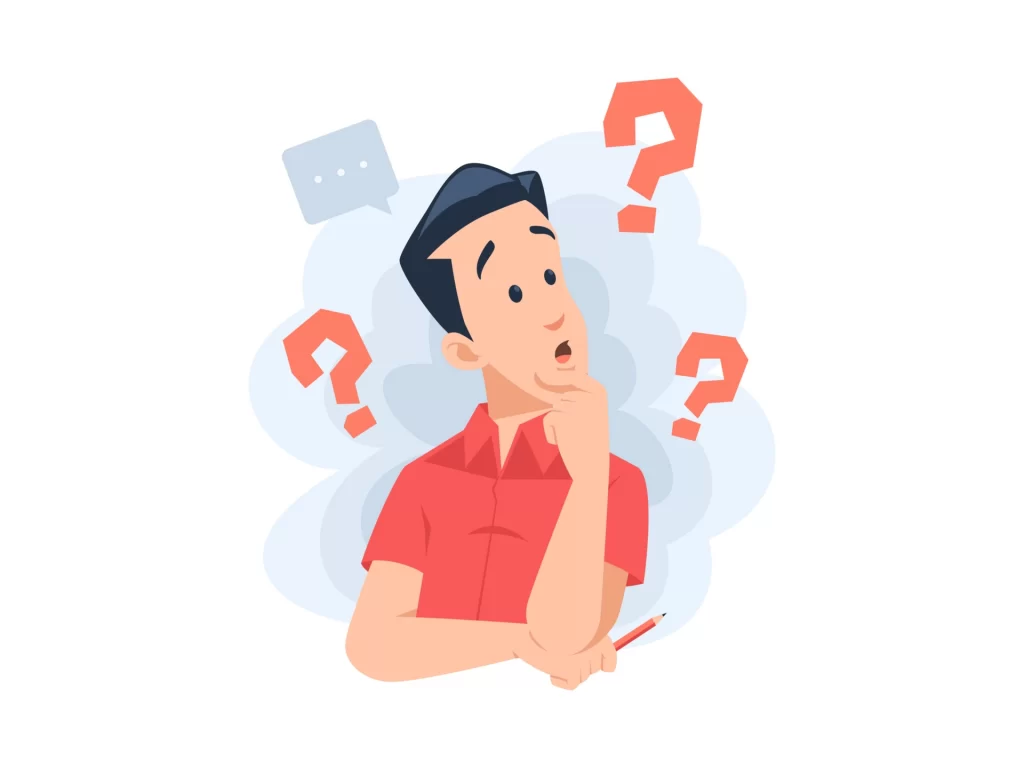
8. Phillips, Anne. “When Crime Pays, Does Anyone Lose?” Baker Law, 2019, https://www.bakerlaw.com/webfiles/Privacy/2019/Articles/Entertainment-and-Sports-Lawyer.pdf.
This article not only highlights all of my other player examples but shows the story of Adam Pacman Jones. It discusses how he had continual offenses but still got plenty of opportunities just like many of the other players in other leagues that get a ton of chances just because they are stand out players and stars.

